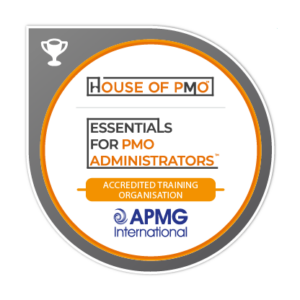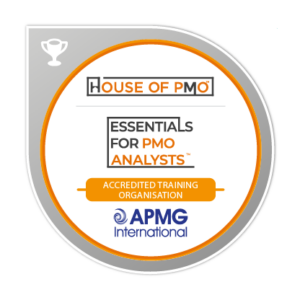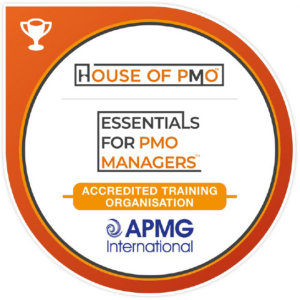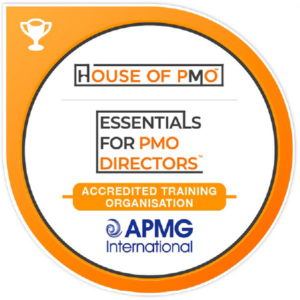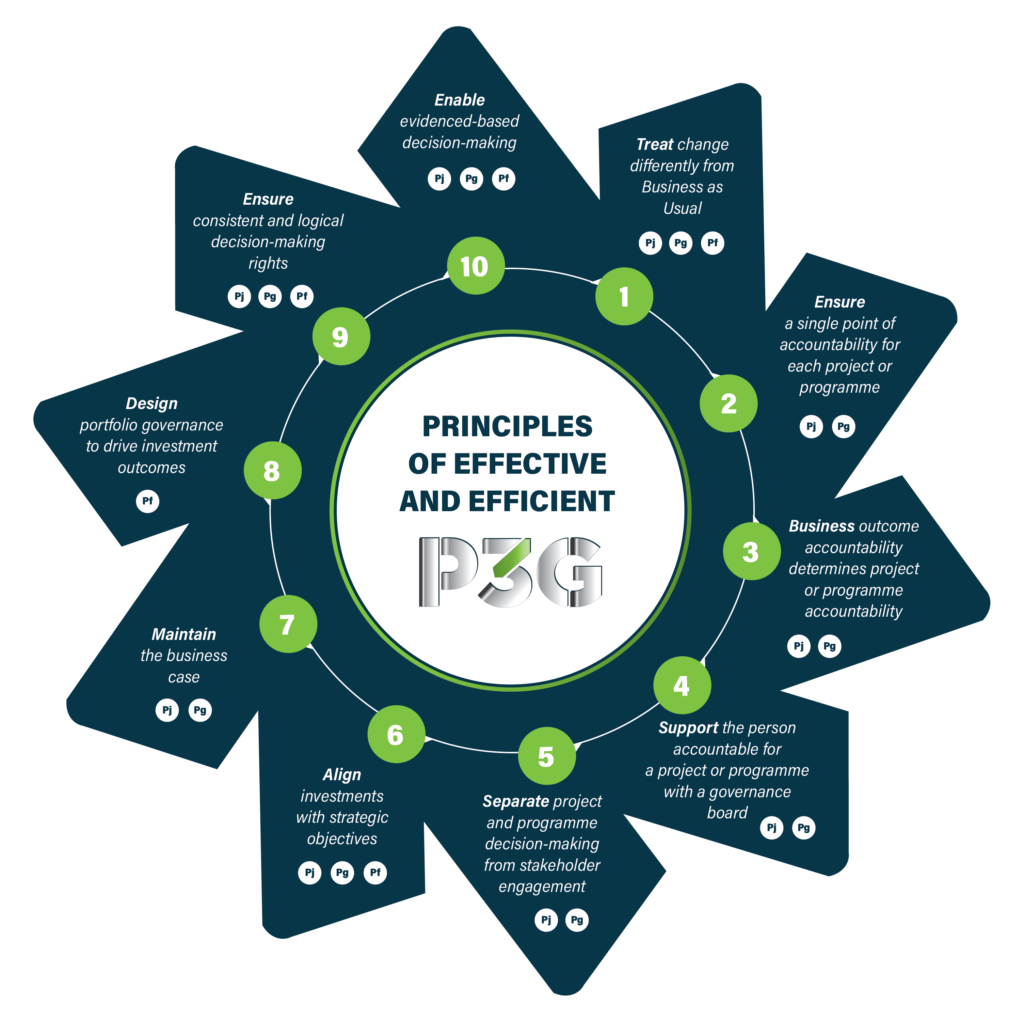
Back in 2008, the PMO community here in the UK saw a new guidance emerge which was focused on Portfolio, Programme and Project Offices (P3O®). It was seen as a great step forward in giving PMOs more exposure within the programme and project management world. The guidance, since 2008, has already been refreshed and updated. The author is our very own Eileen Roden and Eileen also delivers the P3O® courses here at PMO Learning.
Over the last ten years, PMO practitioners have also chosen to undertake the accompanying training and examinations.
In this post, we take a look at who chooses this course, what specifically they are interested in and what benefits they obtain from taking part in the course.
Why do PMO practitioners opt for the P3O® course?
Is it for development purposes? Do organisations prefer their PMO practitioners to have P3O®? Do practitioners do it for the personal challenge?
The majority of PMO practitioners who take the course do it because they want to improve their skills and competencies and in turn, so they are able to provide a higher value and quality service to their customers (users/stakeholders).
Who tends to take the P3O course?
They do tend to be seasoned PMO practitioners and its not just people from all the UK either, there are PMO practitioners from all kinds of organisations – large and small organisations in both the public and private sector as well as not for profit and charities. It is pretty diverse.
In terms of the typical PMO practitioner profile for the course, they see themselves as supporting their organisation in delivering complex changes at a portfolio as well as individual change initiative level. This has led to more and more attendees being interested in the portfolio office model and how P3O integrates with Management of Portfolios (MoP®), which provides a very pragmatic approach to support the senior management team decision making.
PMO practitioners take P3O® training for a number of different reasons.
Which part of the P3O course do they find interesting and useful back in the office?
The area of the guidance that concentrates on PMO maturity and the relationship to the organisation’s own maturity levels particularly strikes a chord. Determining their level of P3M3 capability that the guidance offers, this powerful discovery, diagnostic and base lining tool helps practitioners to frame their PMO services against organisational maturity levels.
Designing the governance arrangements / frameworks of the PMO and Target Operating models (Blueprints) for their PMOs is also another area which gets the thumbs up. Given that implementing a P3O® model has significant organisational implications, P3O® helps PMO practitioners to see where those implications and challenges may lie. PMO practitioners specifically enjoy practical activities in P3O® training and the analysis of user requirements and the design of the P3O® target operating model (Blueprint) are both areas where practitioners can roll their sleeves up and take part in scenarios and real-world activities.
Networking is also a big deal to PMO practitioners – just like PMO Flashmob – they also welcome the opportunity to share their own insights and practices with other likeminded professionals. It can help to know that the challenges you face are also being experienced by others or a more positive spin, it’s nice to know that your own PMO is looking healthy against other PMO examples.
So is P3O® something you would look to undertake as a PMO practitioner?
Well, it certainly offers a straight forward approach to designing and implementing a comprehensive PPM and PMO infrastructure that can make a real difference in delivering change in an organisation. It is useful to any PMO practitioner regardless of the level they work at in their PMOs because it is crucial that wider knowledge of what PMOs are there to do is understood by everyone who works within them.
You don’t need to be designing or managing a PMO to get something out of the P3O® course. In fact, it can be used in many ways such as a self-consulting framework, a design, build and implement approach, bench-marking and gap-analysis – process re-engineering project.
Even at a more basic junior level, P3O® shows what services are expected at each level – portfolio, programme or project. In fact, speak to any PMO practitioner with experience of P3O® and they’ll tell you it’s Appendix F, the services menu that becomes the well-thumbed part long after the training course has finished.
Undertaking P3O® is also a sign of your own commitment to your career. If you work within a PMO, P3O® is the only accredited course that exists today which is directly related to PMO.
With P3O® being part of the AXELOS suite of best practice guidance which includes firm favourite PRINCE2®, P3O® is seen as a pre-requisite to other accreditations. For a PMO practitioner, follow on courses such as Management of Portfolios (MoP®) and Managing Successful Programmes (MSP®) dovetail well with P3O® knowledge which is why we often see PMO professionals today with this training profile.
The P3O® courses on this page are offered by PMO Learning. P3O® is a [registered] trade mark of AXELOS Limited. P3O® is a registered trade mark of AXELOS Limited, used under permission of AXELOS Limited. The Swirl logo™ is a trade mark of AXELOS Limited, used under permission of AXELOS Limited. All rights reserved.
Enjoying Our Blog?
Sign up and receive all our articles (we’ll send you an update once a week!) plus special offers and events:






